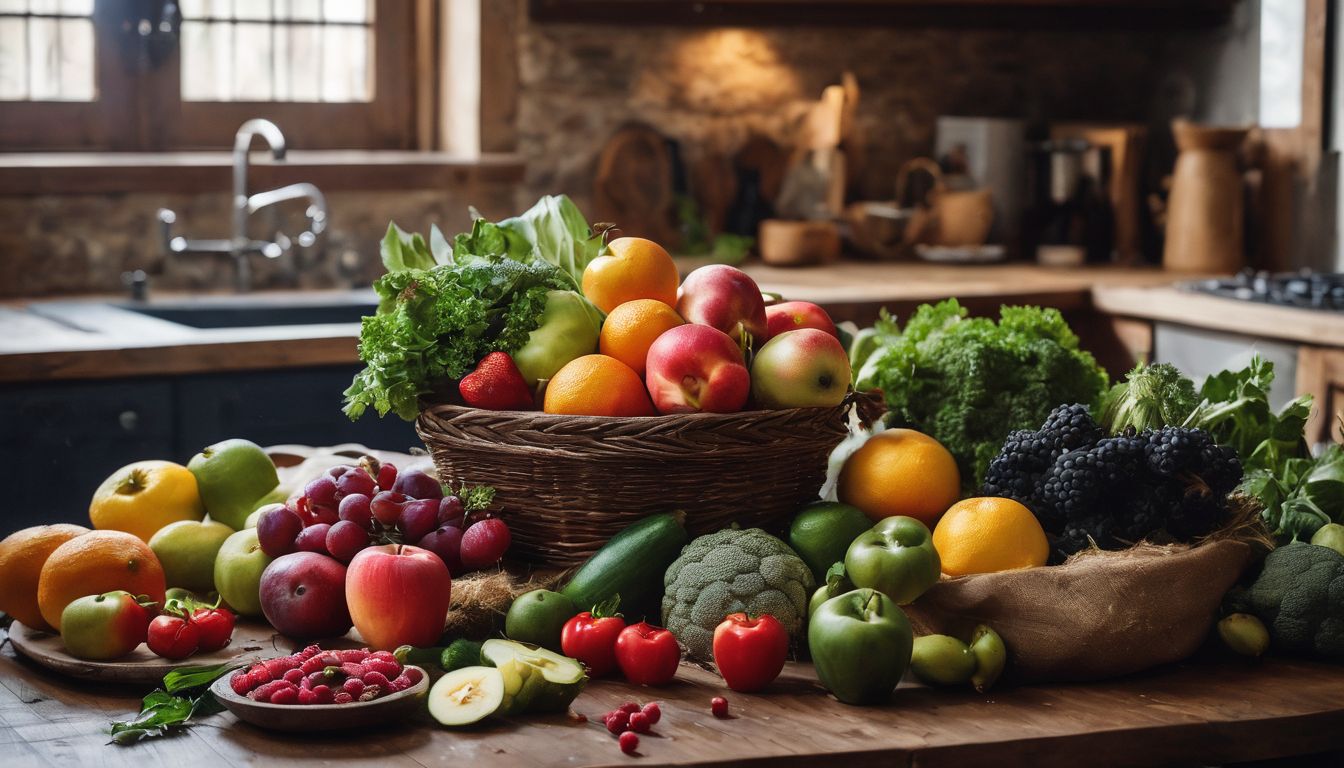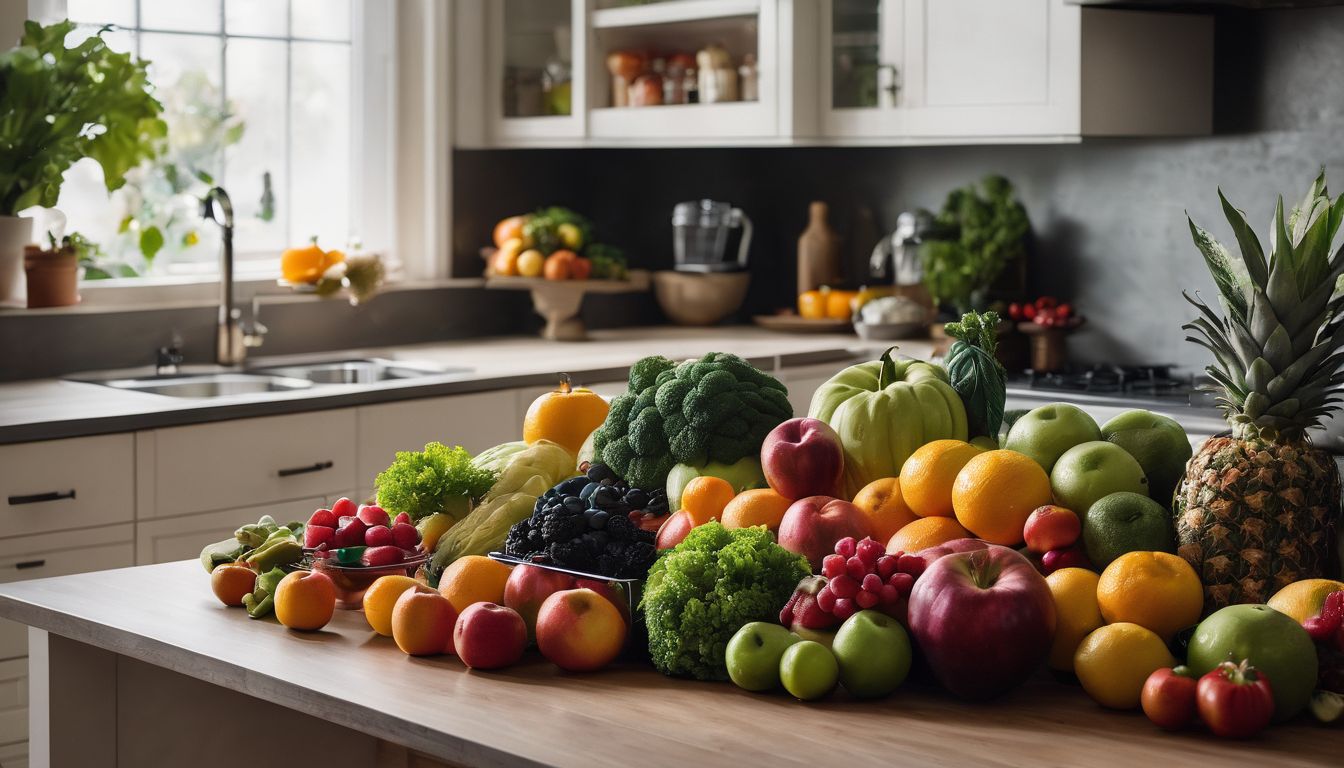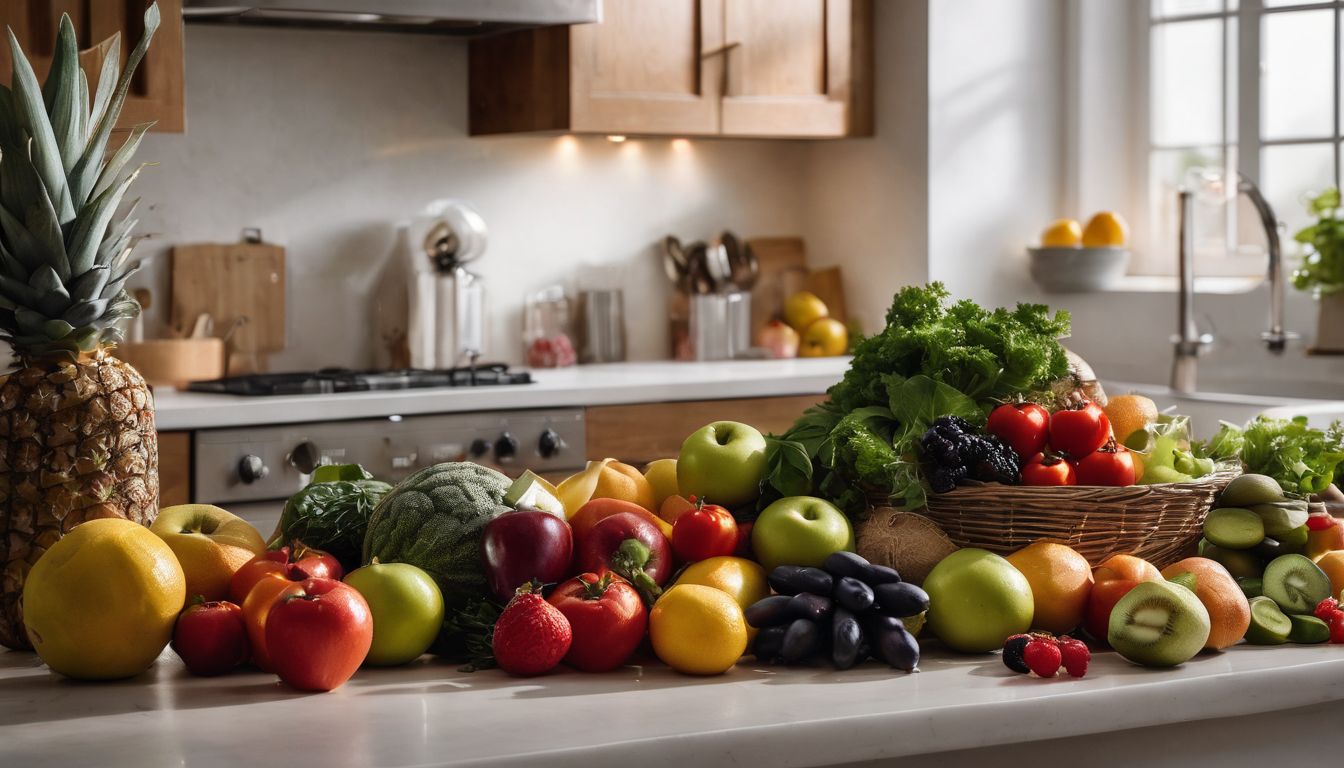Humans have been practicing some form of oral hygiene dating as far back as 5000 BC. The oldest known toothpaste formula was created and used by the ancient Egyptians and consisted of crushed rock salt, mint, dried iris flowers, and pepper. In the late 1700s (AD that is!), some humans scrubbed their teeth with a powder made from burnt bread. In the year 1873, Colgate® produced and sold its first toothpaste in a jar (the tube did not come until 1892). In 1975, herbal toothpastes, such as Tom’s of Maine, came onto the toothpaste market; they were an alternative to those who did not want to brush their teeth with fluoride and other synthetic chemicals.1 More and more these days, people are interested in returning to natural toothpaste options, such as the herbal toothpastes or the formula that the ancient Egyptians used.
BENEFITS FOR YOUR HEALTH:
There are five especially harmful ingredients in commercial toothpastes. The first is sodium fluoride, which dentists tout as the best way to prevent cavities and decay. However, sodium fluoride is a by-product of aluminum manufacturing, and, scarily enough, can be found in rat poisons and other . The second harmful ingredient is triclosan, which is used in many anti-bacterial products. The United States Environmental Protection Agency (EPA) considers triclosan a pesticide and a chlorophenol, which is a type of chemical that likely causes cancer in humans. Third is sodium lauryl sulfate, which is also found in many detergents and shampoos. The American College of Toxicology states that sodium lauryl sulfate stays within the body for up to five days and can thus accumulate in the heart, liver, lungs, and brain. When combined with certain other chemicals, sodium lauryl sulfate transforms into nitrosamines, which are carcinogens. The fourth harmful ingredient toothpaste may contain is propylene glycol, which acts as a wetting agent in toothpaste. It is also unfortunately found in antifreeze and can be rapidly absorbed through the skin. Prolonged contact with propylene glycol can cause damage to the brain, liver, and kidneys, meaning the EPA does not allow workers handling this chemical to work without protective gloves. Lastly, toothpaste contains diethanolamine (DEA), which exists in products that foam. DEA can disrupt hormones. Research also shows that repeated skin exposure to DEA elevates risk of liver and kidney cancer.
BENEFITS FOR THE ENVIRONMENT:
In addition to the harmful impacts traditional toothpaste ingredients may have on human health, they are not beneficial to the environment either. Every time we spit toothpaste down the sink, we are sending into aquatic ecosystems. Bill Walker of the Environmental Working Group stated, “With new detection technology, there are so many new chemicals that are showing up in wastewater. If we continue trying to upgrade [wastewater plants], we’d be spending billions and billions of dollars a year… It just makes sense to go back to the source.”3
Conventional toothpaste also comes in a tube and a box, which is an unnecessary amount of packaging. Even Tom’s toothpaste, which is stated to come in post-consumer recycled boxes, is still sold in a tube and a box.4 Many brands of toothpaste, such as Crest®, are sold in laminate tubes than cannot be recycled and instead end up in landfills.5
Cost: Low. Most of these ingredients (water, baking soda, salt, etc.) you will already have in your kitchen. The others, such as Dr. Bronner’s soap, are readily accessible and affordable at supermarkets.
Time and Effort: Low. Again, you will already have most of the ingredients in your home, so you won’t need to go searching for unique materials. The recipes are also quick, one-step processes that won’t take more than five minutes.
Tooth Powder Recipe6
Ingredients:
¼ cup baking soda
1 teaspoon salt
Instructions:
- Mix the baking soda and salt together in a small container.
- Wet your toothbrush under running water.
- Dab your wet toothbrush into the powder, then brush your teeth.
Toothpaste Recipe7
Ingredients:
¼ cup baking soda
½ teaspoon water
¼ teaspoon Dr. Bronner’s liquid soap (can be either scented or unscented)
Directions:
- Combine all of the ingredients into a small, airtight container and mix them to form a paste.
- To use, put a pea-sized dollop on your toothbrush and brush your teeth!
Notes:
- The paste will thicken over time, so add more drops of water once in awhile to make it easier to brush with.
- If you dislike the taste, try mixing this paste with a different toothpaste that you like and slowly wean yourself off the other paste.
If you are also interested in natural mouthwash, check out this !




